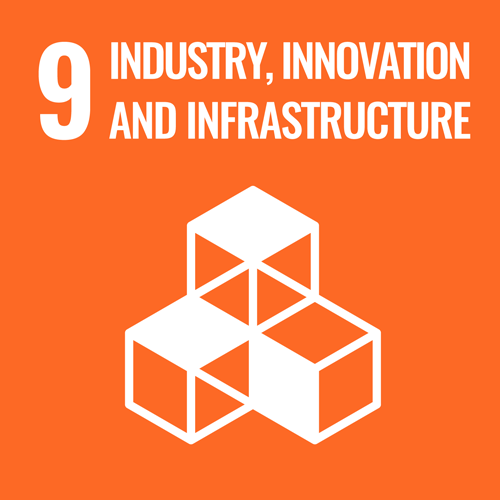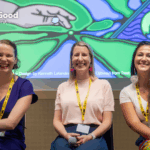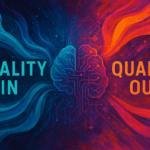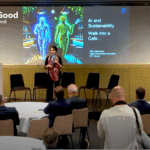Ved P. Kafle and Abu Hena Al Muktadir of Japan’s National Institute of Information and Communications Technology (NICT) received the recognition of first prize at ITU Kaleidoscope 2020 for their paper proposing the use of machine learning techniques to support edge-cloud resources in serving Internet of Things (IoT) applications in need of low latency.
ITU Kaleidoscope academic conferences share research into topics of growing strategic relevance to ITU membership.
Kaleidoscope 2020: Industry-driven digital transformation investigated the innovation transforming production processes, service delivery and how businesses interact with their customers – innovation stimulated by COVID-19. It looked at how the Fourth Industrial Revolution, with data analytics at its core, relies on progress in fields such as AI and machine learning, virtual simulation and digital twins, cyber-physical systems, and 5G and future networks.
Authors of prize-winning papers shared in a prize fund of 6,000 Swiss francs and 22 Young Author Certificates were awarded to authors up to 30 years’ old. All papers presented at the conference can be found in the ITU Kaleidoscope 2020 Proceedings. For all presentations, keynotes and panel discussions, see the conference programme.
1st prize: Automation of computational resource control of cyber-physical systems with machine learning
Ved P. Kafle and Abu Hena Al Muktadir (NICT, Japan)
Computational resources at the network edge will play an important part in serving IoT applications in need of low latency. But these edge-cloud resources are limited, calling for effective management and control. The paper proposes a scheme for the dynamic control of edge-cloud resources allocated to virtual network functions. The scheme employs machine learning techniques composed of multiple regression models continuously retrained online. Presentation >
2nd prize: AI-based W-band suspicious object detection system for moving persons using GAN: Solutions, performance evaluation and standardization activities
Yutaka Katsuyama, San Hlaing Myint, Toshio Sato, Zheng Wen and Xin Qi (Waseda University, Japan)
AI is enabling advances in the technologies used to detect threats to public safety in places such as airports and venues of events presenting heightened security risks. The paper verifies the feasibility of generating multiple millimeter-wave images for AI training with generative adversarial networks (GANs). It also evaluates the factors influencing AI recognition rates in the presence of insufficient original images for AI training and how to increase the service quality of related AI-based W-band systems. Presentation >
Shared 3rd prize: Digital transformation via 5G: Deployment plans
Abolfazl Zakeri, Narges Gholipoor, Mohsen Tajallifar, Sina Ebrahimi, Nader Mokari and Ahmad R. Sharafat (Tarbiat Modares University, Iran); and Mohammad Reza Javan (Shahrood University of Technology, Iran)
IMT-2020/5G systems are expected to provide an enabling platform the digital transformation required to accelerate sustainable development. But the choices made in 5G deployments can impact interoperability and cost efficiency. The paper discusses technical options for 5G deployment and their impacts, focusing on the timely utilization of standards for 5G systems with a view to enhancing interoperability with existing networks and facilities. Presentation >
Shared 3rd prize: Flexible multiplexing mechanism for coexistence of URLLC and eMBB services in 5G networks
Kai Xiao and Xing Liu (ZTE Corporation and State Key Laboratory of Mobile Network and Mobile Multimedia, China); and Xianghui Han, Peng Hao, Junfeng Zhang, Dong Zhou and Xingguang Wei (ZTE Corporation, China)
Enhanced mobile broadband (eMBB) and ultra-reliable and low latency communications (URLLC) enabled by 5G systems are expected to coexist in the same service cell in many scenarios. The paper’s proposed flexible multiplexing mechanism aims to support interference-free coexistence of eMBB and URLLC services, where the reliability of URLLC services would be guaranteed while at the same time minimizing related impacts on the performance of eMBB services. Presentation >
Thanks to the Kaleidoscope community
ITU Kaleidoscope enjoys the technical co-sponsorship of the Institute of Electrical and Electronics Engineers (IEEE) and IEEE Communications Society. Kaleidoscope also welcomed a new supporter this year in the IEEE Technology and Engineering Management Society (IEEE TEMS).
Papers presented at Kaleidoscope 2020 were selected by a 75-member Technical Programme Committee, a double-blind peer-review process, under the leadership of a Steering Committee.
In addition to publication in the ITU Kaleidoscope 2020 Proceedings, all papers selected for presentation will be submitted for publication in the IEEE Xplore Digital Library. Outstanding papers may also be published in the IEEE Communications Standards Magazine.
A selection of extended Kaleidoscope papers may be published in the International Journal of Technology Marketing, the International Journal of Standardization Research and the Journal of ICT Standardization.
ITU Kaleidoscope 2020 was organized in partnership with Waseda University, the Institute of Image Electronics Engineers of Japan, the Institute of Electronics, Information and Communication Engineers of Japan, the Chair of Communication and Distributed Systems at RWTH Aachen University, the European Academy for Standardization, the University of the Basque Country, and Liverpool John Moores University.
Learn more about ITU and academia
ITU is the United Nations specialized agency for ICT, with a global membership including 193 Member States and over 900 companies, universities, and international and regional organizations. ITU Academia members participate alongside policymakers and industry-leading engineers in ITU expert groups responsible for radiocommunication, standardization, and development.
The ITU Journal on Future and Evolving Technologies, free of charge for both readers and authors, provides complete coverage all communications and networking paradigms. Be first to read Volume 1, Issue 1 and be sure contribute to five upcoming special issues on Bio-NanoThings for healthcare, Internet of Everything, Terahertz communications, AI and machine learning for 5G, and wireless communication systems beyond 5G.















